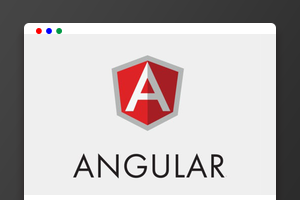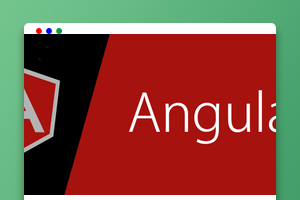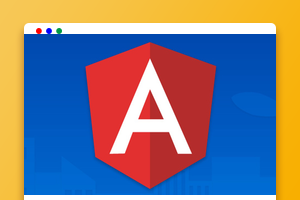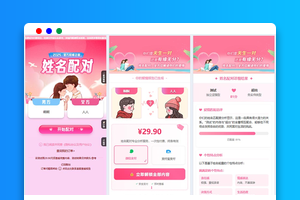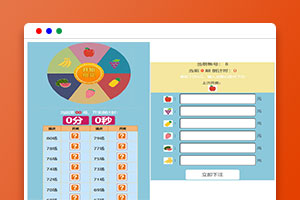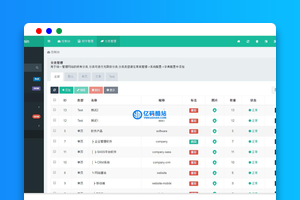
在开发 <h1>App Component</h1> <button class="red-button">Button</button>
.red-button {
color: red;
}
运行时有如下 html 代码:
<app-root _nghost-ydo-c11="" ng-version="10.1.1"> <h2 _ngcontent-ydo-c11="">App component</h2> <button _ngcontent-ydo-c11="" class="red-button">Button</button> </app-root>
可以看到在在 app-root 元素上有一个名为 _nghost-ydo-c11 的属性(property),app-root 里面的两个元素都有一个名为 _ngcontent-ydo-c11 的属性。
那么这些属性是用来做什么的呢?
为了更好的理解,我们先创建一个独立的组件,新建文件 blue-button.component.ts,内容如下:
import { Component } from '@angular/core';
@Component({
selector: 'app-blue-button',
template: `
<h2>Blue button component</h2>
<button class="blue-button">Button</button>
`,
styles: [`
.blue-button {
background: blue;
}
`]
})
export class BlueButtonComponent {}
放到 app.component.html 中运行后,会看到如下 html 代码:
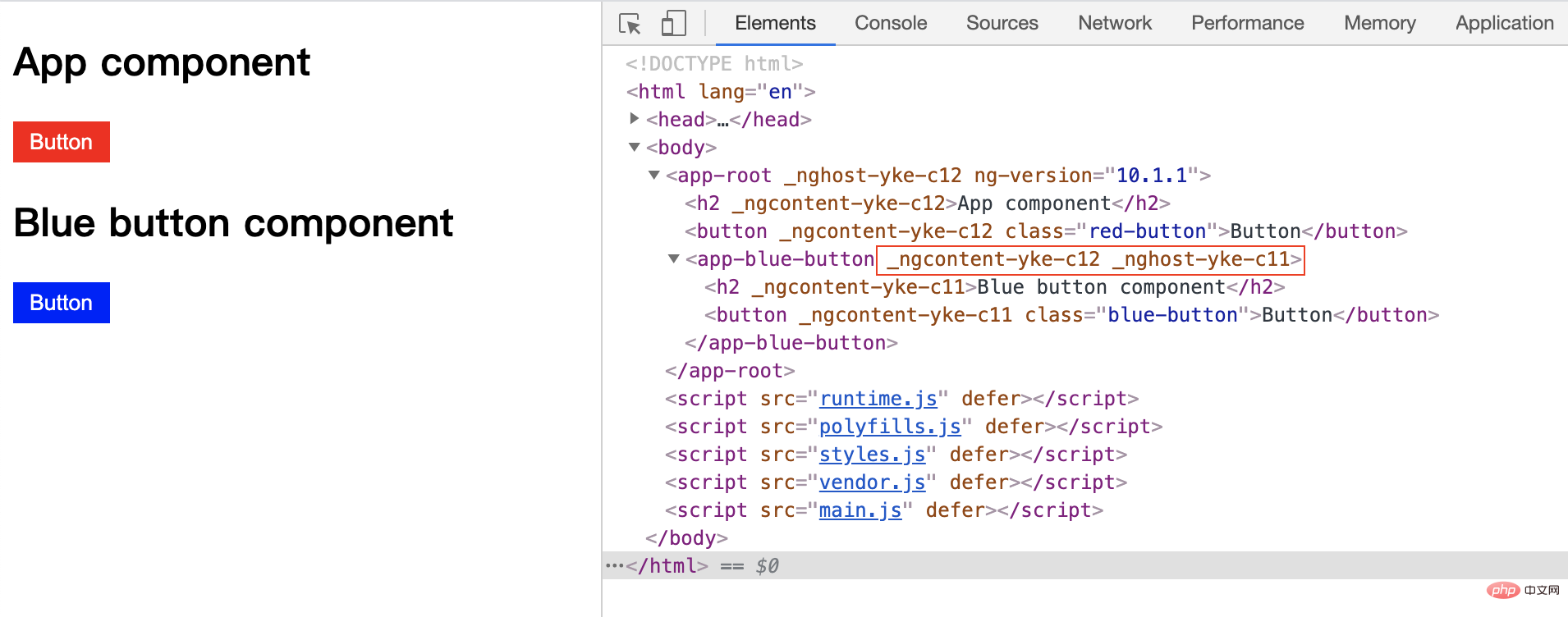
可以看到 app-blue-button 中也有一个以 _nghost-xxx 开头的属性,还有一个和 app-root 中其他元素相同的属性。而在组件里面的两个元素都有名为 _ngcontent-yke-c11 的属性。
总结
通过观察我们可以总结出:
- 每个组件的宿主元素都会被分配一个唯一的属性,具体取决于组件的处理顺序,在例子中就是
_nghost_xxx - 每个组件模板中的每个元素还会被分配一个该组件特有的属性,在例子中就是
_ngcontent_xxx
那么这些属性是怎样用于样式隔离的呢?
这些属性可以和 CSS 结合起来,比如当我们查看例子中蓝色按钮的样式时,会看到这样的 css:
.blue-button[_ngcontent-yke-c11] {
background: blue;
}
可以看出,Angular 通过这种方式使 blue-button 类只能应用于有这个属性的元素上,而不会影响到其他组件中的元素。
知道了 Angular 对样式隔离的行为,那么 Angular 又是如何做到这些的呢?
在应用启动时,Angular 将通过 styles 或 styleUrls 组件属性来查看哪些样式与哪些组件相关联。之后Angular 会将这些样式和该组件中元素特有的属性应用到一起,将生成的 css 代码包裹在一个 style 标签中并放到 header 里。

以上就是 Angular 样式封装的原理。
:host, :host-context, ::ng-deep
在实际开发中,这种机制有时候并不能完全匹配我们的需求,针对这种情况, Angular 引入了几种特殊的选择器。
:host
使用 :host 伪类选择器,用来作用于组件(宿主元素)本身。
比如,当我们想给 app-blue-button 加个边框时,可以在这个组件的样式中添加如下代码:
:host {
display: block;
border: 1px solid red;
}
通过查看运行时的代码,可以看到如下代码块:
<style>
[_nghost-yke-c11] {
display: block;
border: 1px solid red;
}
</style>
:host-context
有时候,基于某些来自组件视图外部的条件应用样式是很有用的。 例如,在文档的 <body> 元素上可能有一个用于表示样式主题 (theme) 的 CSS 类,你应当基于它来决定组件的样式。
这时可以使用 :host-context() 伪类选择器。它也以类似 :host() 形式使用。它在当前组件宿主元素的祖先节点中查找 CSS 类, 直到文档的根节点为止。在与其它选择器组合使用时,它非常有用。
在下面的例子中,会根据祖先元素的 CSS 类是 blue-theme 还是 red-theme 来决定哪个 CSS 会生效。
import { Component } from '@angular/core';
@Component({
selector: 'app-btn-theme',
template: `
<button class="btn-theme">Button</button>
`,
styles: [`
:host-context(.blue-theme) .btn-theme {
background: blue;
}
:host-context(.red-theme) .btn-theme {
background: red;
}
`]
})
export class BtnThemeComponent { }
然后在使用的地方:
<div class="blue-theme"> <app-btn-theme></app-btn-theme> </div>
在运行的时候按钮背景就是蓝色的。
::ng-deep
我们经常会使用一些第三方 UI 库,有时候我们想改变第三方组件的一些样式,这时候可以使用 ::ng-deep,但是要注意,Angular 已经把这个特性标记为已废弃了,可能在未来的版本就被完全移除掉。
:host ::ng-deep h2 {
color: yellow;
}
通过查看运行时的代码:
[_nghost-yke-c12] h2 {
color: yellow;
}
可以看到,样式会作用在 app-root 里的所有元素上,包括 app-root 中使用的其他组件里的元素。
总结
在实际开发中,灵活使用以上几种方式,基本上可以满足大部分场景。
更多编程相关知识,请访问:编程教学!!
以上就是浅谈Angular中组件样式的工作原理的详细内容,更多请关注亿码酷站其它相关文章!
浅谈Angular中组件样式的工作原理
—–文章转载自PHP中文网如有侵权请联系ymkuzhan@126.com删除
本文永久链接地址:https://www.ymkuzhan.com/31581.html

 成为VIP
成为VIP
